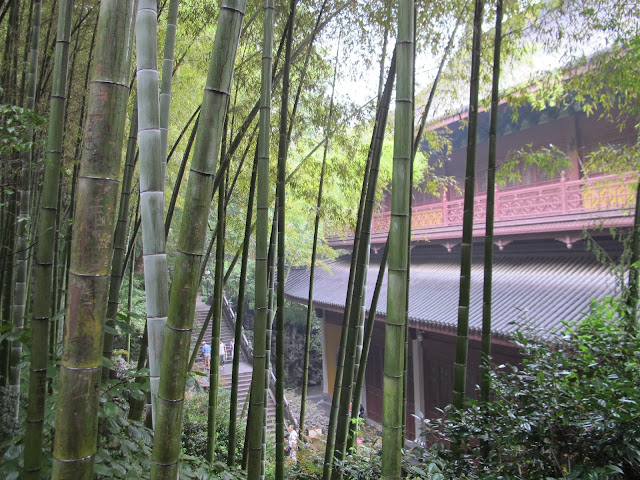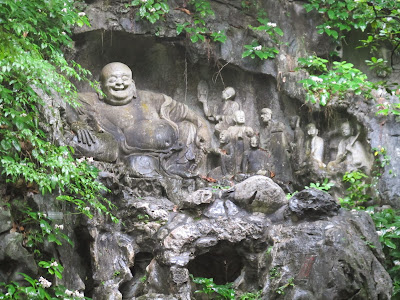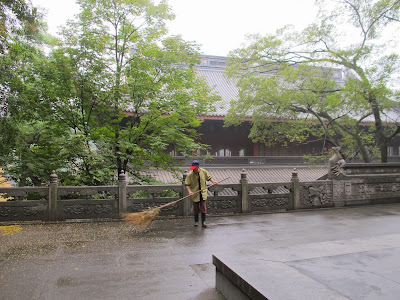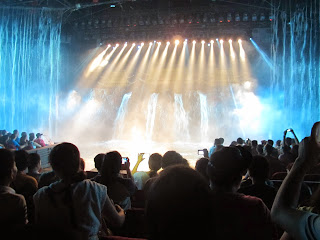The timing couldn’t have been better: just
a few weeks before my departure for a road trip across the southwestern United States an email arrived
from Tep, a company that hires out portable Wi-Fi devices to travellers. Would
I be interested in test driving one of their devices in exchange for a review?
The answer, of course, was yes. When
travelling in Europe, I can use up to 100 MB of data on my smart phone for
£1.99 per day, which is enough to keep up with work while I’m away from home.
In the States, however, data on my mobile is prohibitively expensive, leaving
me at the mercy of public Wi-Fi networks, with all the accompanying
inconveniences and security concerns.
Hiring a Tep isn’t exactly cheap at £6.50
per day plus delivery/pick-up fees, but it’s certainly the most cost effective option
for travellers who need to stay connected – and that £6.50 does give you unlimited data usage for up to five devices after all. It’s also far more convenient than purchasing a SIM card on arrival and negotiating
another country’s pay-as-you-go mobile data system.
Booking the device online couldn’t be
easier and took me just a few minutes. Pick-up at Heathrow Airport (you can also
have it posted to you) was also extremely simple. The device itself takes a bit
of getting used to but it too is easy to use once you’ve got the hang of the
slightly counterintuitive range of menu options available.
The pack you receive from Tep comes with a micro-USB
cable, carrying case and universal power adaptor. You can hire an external
battery and car charger too, but they cost extra – it makes more sense to buy
these items before your trip (neither are expensive) and take them with you to
use with the Tep. Given that I was on a roadtrip, a car charger was essential,
but I didn’t end up using my external battery at all because the Tep’s battery
life is so good.
The coverage was also impressive, though
there were plenty of black spots on my nearly 3,000 mile journey from Los
Angeles to New Orleans. As you’d expect from a device that relies on the 3G
network, coverage is excellent in built-up areas and less good in remote ones. Coverage
is better outdoors than indoors too, though placing the device by a window
usually did the trick.
Speeds were almost always fast enough to
use Google Maps and make phone calls via Skype, often at the same time. Small enough
and light enough to slip into a pocket, the Tep is also a discreet and
convenient way of accessing the internet on the move.
The hire cost for this trip was on Tep, but I’d definitely
consider using one of the devices again in the future at my own expense. Sometimes it’s
nice to get off grid when you’re travelling, but when connectivity is essential,
it’s nice to know that good value, easy-to-use services like this one are
available.























